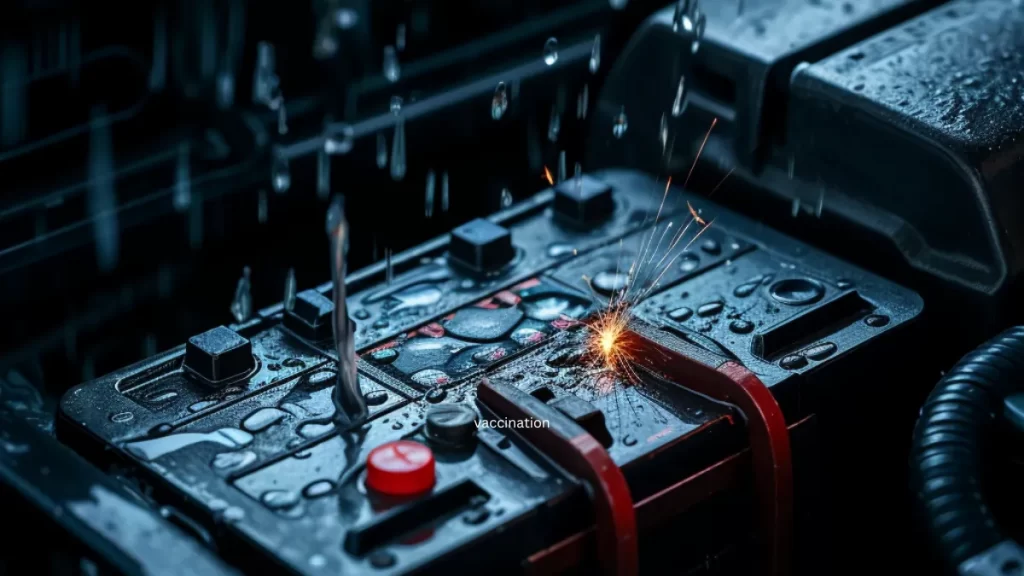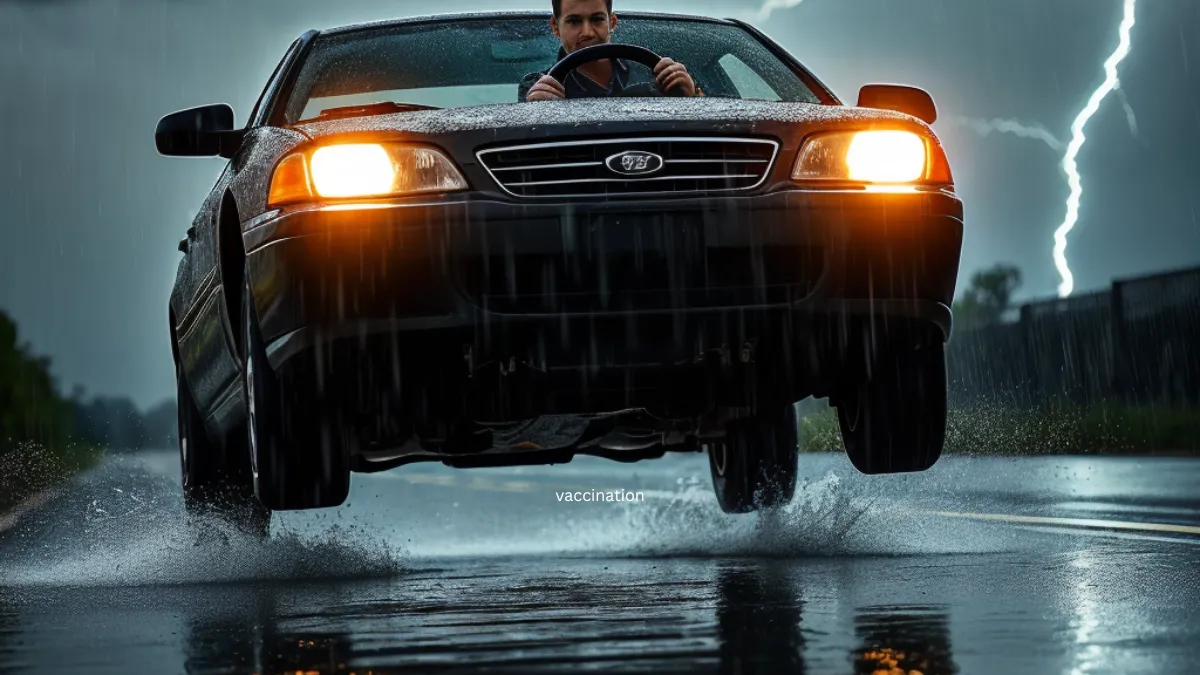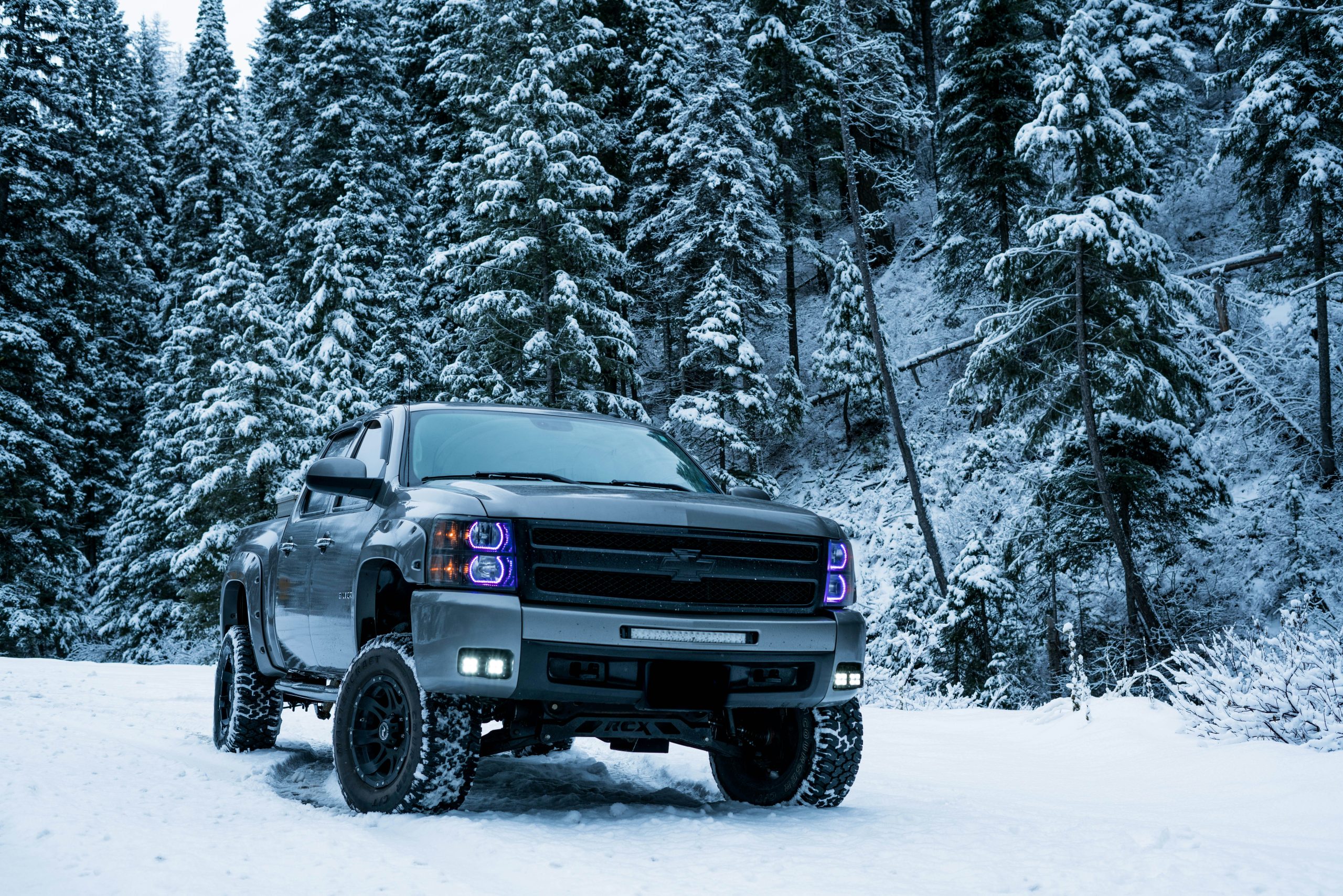Table of Contents
Jump-starting a car is a standard solution when the battery dies, but many wonder, can you jump a car in the rain? Is it safe, or could it be dangerous? This post delves into the most recent developments and revelations, exploring the facts and myths surrounding this question. Whether you’re a new driver or have faced this issue, read on to learn everything you need to know!
Understanding the Basics: Can You Jump a Car in the Rain?
Many worry that water and electricity are hazardous in combination, particularly with automobile batteries. But can you jump a car in the rain? The simple answer is yes. Rainwater itself doesn’t directly affect the process of jump-starting a car, but there are some safety precautions you should keep in mind.
Jump-starting a car involves transferring electricity from one car’s battery to another. If you follow the steps correctly, the rain should not interfere with the process. However, understanding the correct procedure is critical to staying safe.
Can You Jump a Car in the Rain: Is It Okay to Use a Car Jump Starter in the Rain?
Debunking the Myths
One of the most common myths about jump-starting a car in the rain is the fear of being electrocuted. While electricity and water generally don’t mix well, the voltage in a car battery is too low to cause a shock. The car’s electrical system operates on 12 volts, which is insufficient to cause harm unless you work with damaged wires or equipment.
Real Safety Concerns
Although you can jump a car in the rain, there are genuine safety precautions to consider. Handling jumper cables in the rain can be slippery, and a wet surface may make it harder to attach the clamps securely. Also, be aware of your surroundings. Avoid standing in puddles or near wet metal surfaces when using jumper cables, as this could increase the risk of an accident.
Can You Jump a Car in the Rain: Step-by-Step Guide to Jump-Start a Car in the Rain
Here’s a clear, straightforward guide on how to jump a car in the rain safely:
- Park the cars close but not touching. Make sure both vehicles are in the park (or neutral for manual transmissions), and the ignitions are turned off.
- Connect the red jumper wire to the dead battery’s positive terminal. A “+” sign ought to be placed on the label. The red cable’s opposite end should then be connected to the car’s positive terminal.
- Connect the black cable to the functioning car’s negative terminal. Then, far from the battery itself, fasten the other end of the black cable to an exposed metal surface on the vehicle that has a dead battery. This serves as a grounding point.
- Before attempting to start the automobile with the dead battery, kindly switch on the functional battery and allow it to operate for several minutes.
- Remove the cables in the reverse order. Start by removing the black cable from the grounded metal surface and then from the working car. Do the same with the red cable.
- Using the previously dead battery, start the vehicle. If it does turn on, give it at least ten minutes to refuel.
Can You Jump a Car in the Rain: Can Water Affect the Car Battery?

What Happens if Water Enters the Battery?
Though it’s safe to jump a car in the rain, it’s important to note that water should never enter the battery itself. Car batteries are sealed units, but if there’s damage or cracks, water can potentially get inside. This could cause corrosion or short-circuiting, which can damage your battery in the long run. Always inspect the battery before attempting a jump-start to ensure it’s in good condition.
Protecting Your Car in Wet Conditions
Rain won’t harm the external parts of your car battery or cables, but consistent exposure to water and moisture can lead to rusting over time. Make sure to dry off your cables after each use and store them in a dry location to prevent damage.
Can You Jump a Car in the Rain: Common Mistakes to Avoid When Jump-Starting in the Rain
Mistakes while jump-starting a car can happen, especially in less-than-ideal conditions like rain. Avoid the following typical mistakes:
- Not checking the battery terminals: Ensure the terminals are clean and free from corrosion before attaching jumper cables.
- Incorrect cable placement: Misplacing the cables can cause sparks or damage to the car’s electrical system.
- I am leaving the headlights or electronics on. Make sure everything in the car is turned off before attempting a jump-start, as this will give the battery more power to start.
Also Read: Can You Drive to Hawaii? The Shocking Truth You Must Know
Can You Jump a Car in the Rain: Frequently Asked Questions

Can You Get Electrocuted by Jumping a Car in the Rain?
No, the voltage from a car battery is too low to cause electrocution. As long as you handle the jumper cables properly and follow the correct steps, you’re safe from electric shock.
Should I Worry About Damaging My Car in the Rain?
As long as you follow safety procedures and ensure the cables are correctly attached, jump-starting your car in the rain won’t damage the vehicle. Just be cautious about slipping on wet surfaces or getting distracted in lousy weather.
Can I Use a Car Jump Start on My Own in the Rain?
Yes, but it’s always better to have help if possible. Handling cables and attaching them to the battery can be tricky in the rain. Having someone assist you can make the process faster and safer.
So, can you jump a car in the rain? Has a clear answer: Yes, you can. Jump-starting a vehicle in wet weather is safe as long as you follow the correct procedures and take the necessary precautions. Avoid common mistakes, keep yourself dry, and be cautious while handling jumper cables. This way, you’ll be back on the road in no time, rain or shine.





